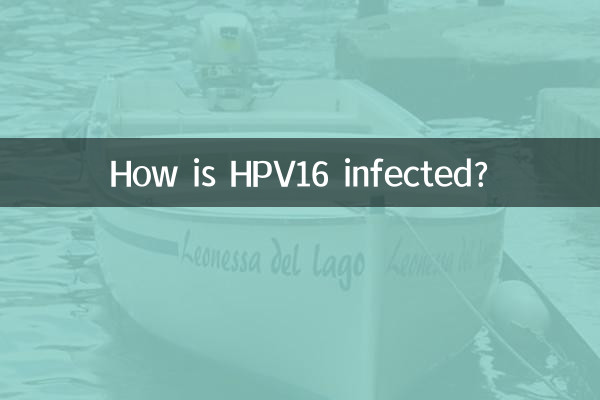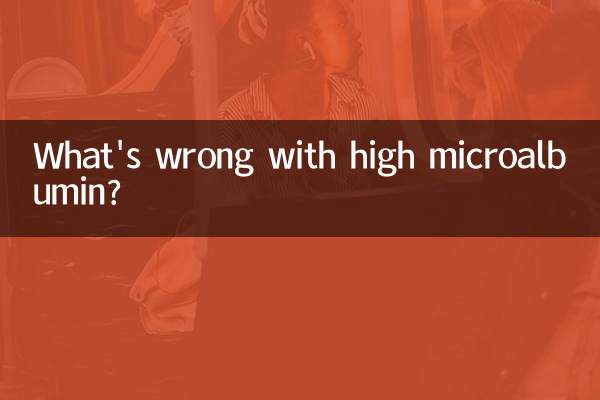How is HPV16 infected?
HPV16 is a high-risk type of human papillomavirus (HPV) that is closely related to cervical cancer, oropharyngeal cancer and other cancers. Recently, discussions about HPV16 infection have continued to heat up on social media and health forums. This article will combine the hot topics and hot content on the Internet in the past 10 days to provide a structured analysis of the infection routes, high-risk factors and preventive measures of HPV16.
1. Main infection routes of HPV16

HPV16 is mainly spread through the following ways:
| Transmission route | Specific instructions | Proportion (reference data) |
|---|---|---|
| Sexual contact transmission | Including vaginal sex, anal sex, oral sex, etc. | about 90% |
| mother-to-child transmission | Infection of the newborn through the birth canal during delivery | about 5% |
| indirect contact | Shared towels, bathware, etc. (rare) | <1% |
2. High-risk factors for HPV16 infection
According to recent medical research and public health data, the following groups are at higher risk for HPV16 infection:
| high risk factors | risk level | Prevention advice |
|---|---|---|
| multiple sex partners | high | Regular sex partners, use condoms |
| low immunity | Middle to high | Exercise more and eat a balanced diet |
| smoking | in | quit smoking |
| long-term oral contraceptives | in | Consult your doctor to adjust your contraceptive method |
3. Recent hot topics: Controversies about HPV16 infection
1.Men's infection risk underestimated: In the past 10 days, multiple health accounts pointed out that men infected with HPV16 may be asymptomatic, but they are still a source of transmission, and screening awareness needs to be strengthened.
2.Controversy over the duration of vaccine protection: A medical blogger’s announcement that “the protection period of HPV vaccine is only 10 years” sparked discussion. Later, experts clarified that the current data shows that the protective effect can last longer.
3.New data on oral infections: The latest research from the US CDC shows that the number of oropharyngeal cancer cases caused by HPV16 has increased by 200% in 10 years, suggesting that the risk of oral sex transmission needs to be taken seriously.
4. Four major measures to prevent HPV16 infection
1.Get HPV vaccine: The 9-valent vaccine can prevent 9 high-risk viruses including HPV16. The optimal age for vaccination is 9-26 years old.
2.Regular screening: Women over 21 years old are recommended to undergo TCT examination every 3 years, and women over 30 years old can be combined with HPV testing.
3.safe sex: Using condoms throughout can reduce the risk of HPV transmission by 70% (data source: WHO).
4.Enhance immunity: Maintaining adequate sleep and supplementing with vitamins A/C/E can help eliminate viruses.
5. Common misunderstandings about HPV16
| Misunderstanding | facts |
|---|---|
| Infection with HPV16 will definitely lead to cancer | 90% of infections are cleared by the immune system within 2 years |
| Only women need to pay attention to HPV16 | Infections in men may also cause cancer |
| Kissing does not spread HPV16 | Deep kissing carries the risk of spreading theories |
Conclusion
Although HPV16 infection is common, it is preventable and controllable. Recently, experts have suggested that the HPV vaccine be included in the national immunization program, which reflects the importance society attaches to HPV prevention and treatment. Understanding scientific communication methods and avoiding cognitive misunderstandings are the keys to protecting yourself and your partner’s health. If there is any concern about infection, it is recommended to seek medical treatment in time for professional testing.

check the details

check the details